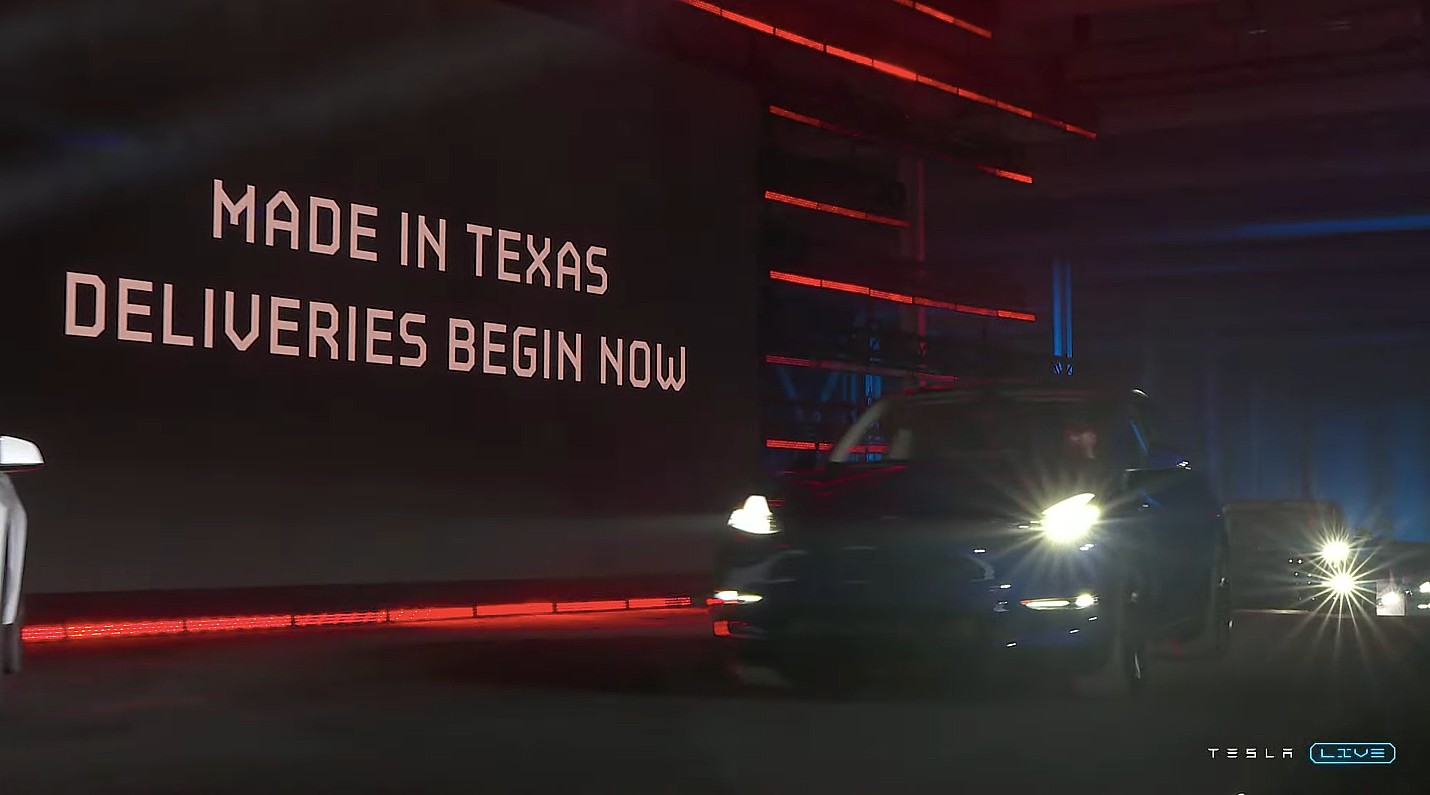For much of its existence, Tesla has maintained a strong stance against advertising.
However, in recent months, the electric vehicle giant has significantly increased its spending on various paid media platforms, diverging from its founder Elon Musk’s traditional approach.
One example of this shift is evident in a video advertising campaign across Facebook, Instagram, and Musk’s platform, X. The campaign highlights Tesla’s Model Y as “the #1 most American-made car,” referencing a ranking by Cars.com.
This change in strategy represents a notable reversal for Musk, who, as Tesla’s CEO, has long maintained that advertising was unnecessary as long as the company’s products spoke for themselves.
In a tweet from 2019, Musk expressed his disdain for advertising, stating, “I hate advertising.”
Similar to Google and Apple, Tesla initially relied on word-of-mouth endorsements as well as the growing public profile of its CEO, Elon Musk, to build brand awareness.
Media coverage played a significant role in driving Tesla’s sales, as indicated by recent financial disclosures.
Change in the Marketing Model
However, by the time of the annual shareholder meeting last May, Musk had shifted his stance on advertising.
In response to a suggestion from an attendee that the company should explore advertising to combat the perception of catering only to affluent customers with impractical sports cars, Musk expressed openness to the idea, stating, “We’ll try a little advertising and see how it goes.”
In 2023, the company allocated approximately $6.4 million towards digital advertising in the United States, according to estimates from Vivvix, a division of ad-tracking company MediaRadar, a significant increase from the roughly $175,000 spent on ads in 2022.
Though the figure paled in comparison to the advertising expenditures of traditional automakers. For example, General Motors invested $3.6 billion in global advertising and promotion in 2023, translating to around $580 per vehicle sold, based on its financial reports.
Digital Dominance: Shift to Social Media
The bulk of Tesla’s advertising expenditure has been directed towards YouTube. However, in recent times, Tesla has expanded its advertising efforts to include video ads on Facebook and Instagram, both subsidiaries of Meta Platforms, as well as on X.
While the American automobile firm had previously dabbled in purchasing ads on websites in a low-key manner, its online advertising presence has seen a notable increase since the aforementioned shareholder meeting, as indicated by ad-tracking firms and tech companies that have facilitated Tesla’s ad placements.
Following Musk’s remarks, it commenced purchasing Google search ads to promote its vehicles and other offerings like solar panels, as evidenced by data from Google’s Ads Transparency Center.
Meta and Tesla: The War
Interestingly, Musk’s aversion to Meta Platforms is evident when Tesla deleted their official Facebook pages years ago. Moreover, Musk has engaged in public spats with Meta and its CEO, Mark Zuckerberg, with exchanges occurring on X and even discussions about a hypothetical cage match between the two billionaires.
A fresh advertising initiative has emerged on Meta’s platforms, marking a notable shift in the electric vehicle company’s marketing strategy.
Data sourced from Meta’s Ad Library revealed that a new page affiliated with Tesla initiated targeted video ad purchases earlier in the month.
Both Meta, the parent company of Facebook and Instagram, and Google, which owns YouTube, opted not to provide comments on the matter. Requests for comment from Tesla and its associated entities were also left unanswered.
 The latest ad campaign across Facebook, Instagram, and X highlights the Model Y, featuring imagery of a cowboy juxtaposed with scenes from Tesla’s Giga Texas factory located in Austin, Texas.
The latest ad campaign across Facebook, Instagram, and X highlights the Model Y, featuring imagery of a cowboy juxtaposed with scenes from Tesla’s Giga Texas factory located in Austin, Texas.
The campaign notably urges viewers to make a purchase before April 1, hinting at an impending price hike of $1,000.
Sports Car to Family Car: A Perspective Shift
On YouTube, recent advertisements have adopted a family-centric approach, showcasing images of children seated in the back of Model Y vehicles.
These ads emphasize the vehicle’s acclaimed five-star safety rating and promote a trip planner feature capable of offering travel recommendations based on the proximity of Tesla charging stations.
 Commenting on the american MNC’s evolving marketing tactics, Stasia Fulginiti, the associate director for paid search and YouTube at Rain the Growth Agency, remarked, “They’re trying to change the paradigm of Tesla being this cool sports car to a more family-friendly car.”
Commenting on the american MNC’s evolving marketing tactics, Stasia Fulginiti, the associate director for paid search and YouTube at Rain the Growth Agency, remarked, “They’re trying to change the paradigm of Tesla being this cool sports car to a more family-friendly car.”
This strategic pivot in Tesla’s advertising endeavors reflects a concerted effort to broaden its appeal beyond its traditional image as a manufacturer of sleek, high-performance vehicles, aiming to capture a wider demographic of consumers, particularly those prioritizing safety and family-oriented features in their automotive choices.
The Mastermind behind the Move
Craig Irwin, managing director and senior analyst at Roth MKM, suggests that Tesla’s foray into advertising is a response to slowing growth in consumer demand for EVs and heightened competition in the EV market.
Musk’s automobile enterprise’s own projections of notably slower growth in 2024, coupled with a significant decline in its stock price, have underscored the need for the company to maximize visibility and pursue incremental sales through advertising efforts.
To achieve sustained growth, the company must appeal to a broader base of mass-market consumers, necessitating increased investment in advertising, according to Madsen.
However, Tom Narayan, lead global autos analyst at RBC Capital Markets, argues that Tesla’s distinctive brand and the charismatic leadership of CEO Elon Musk provide a significant competitive advantage, reducing the necessity for heavy advertising expenditure compared to traditional automakers.











